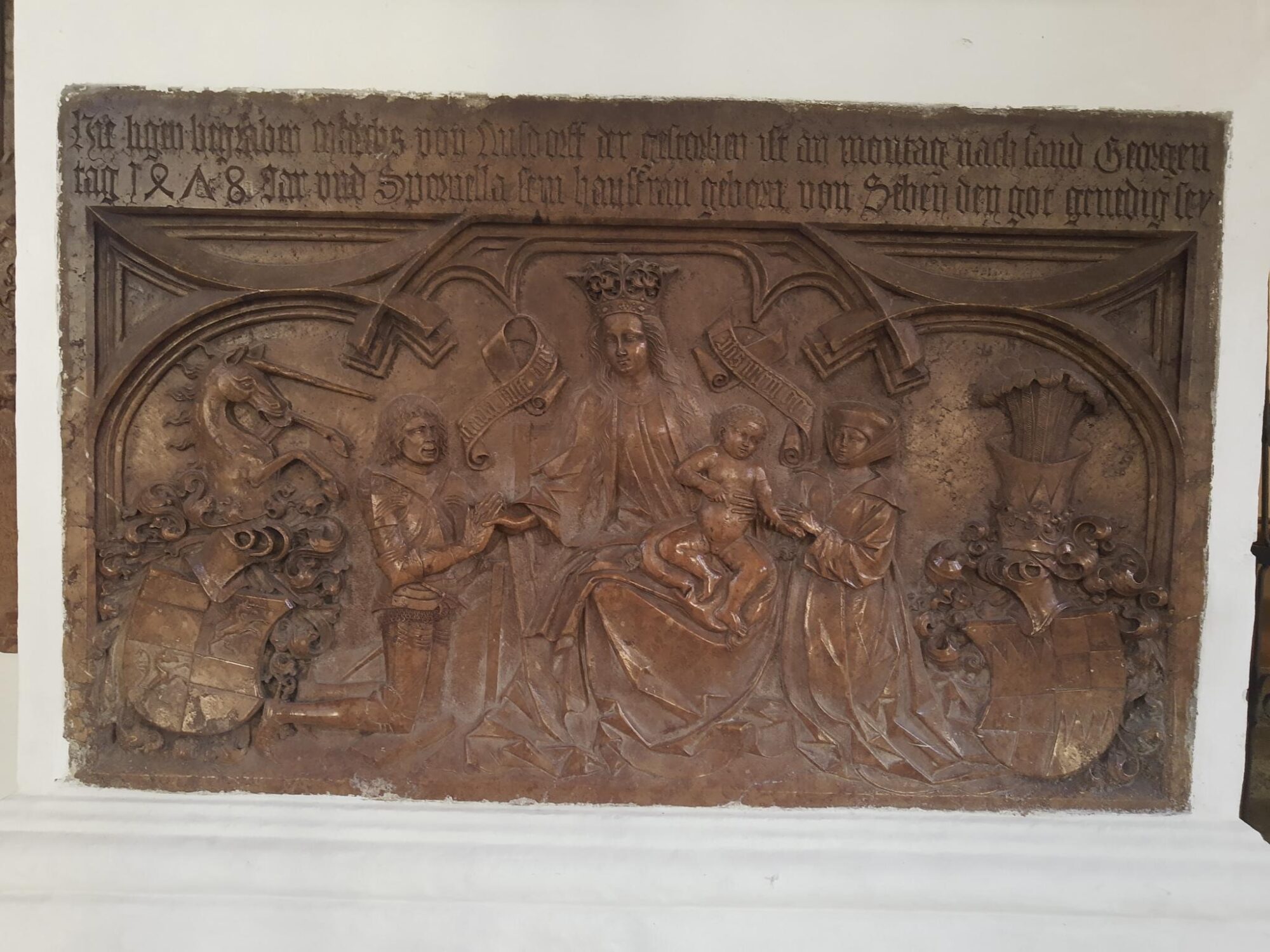How Adnet marble provides a stepping stone between Geology and Art at the University of Salzburg

Historically, Adnet marble was highly sought after in Central Europe for its red colour, which is associated with power. It can be found around the world – from Kraków to Canada. Examples include the columns of the Austrian Parliament building in Vienna, the imperial tomb in St. Stephen's Cathedral, and even in the Vatican.
The stone formed around 200 million years ago, and is not even really marble - geologically speaking - but actually a limestone that acquired its red colour from weathered iron minerals.
Crucial data on landscape development and fluid flow in the subsurface
It's not the 'marble' itself, but the stylolites in it formed under increased pressure, which are of particular interest. They provide crucial data on landscape development and fluid flow in the subsurface, relevant to both the oil industry and geothermal energy. The project employs fractal mathematics to analyse these complex structures, bridging geology, mathematics, and art history.
These forms are important research subjects, as they allow conclusions about the former pressure conditions. One can potentially deduce how much overburden the rock has experienced, i.e. how much material has eroded. This information is vital for understanding landscape development and has practical applications, such as in understanding subsurface fluid flow", says Professor Christoph von Hagke, coordinator of the project at the University of Salzburg.
Art historian Marthe Kretzschmar from the University of Konstanz explores the intersection between visual arts and geology. She highlights the aesthetic significance of stylolites and how these structures can be interpreted in art history.
Collaboration with geologists enables the development of new perspectives and methods that are valuable both scientifically and artistically.
Latest Highlights:
The University of Bucharest awarded the Order of Cultural Merit in the rank of Grand Officer
NKUA commits to promoting the Greek language, history, and culture within the Greek diaspora
UNIL's UCreate selects 10 innovative projects for development with coaching and financial support
Unlocking Secrets of Antarctic Microbes: New Research Methods Simplify Study
Sapienza leads MAPS, a three-year international research on sub-Saharan migration policy
